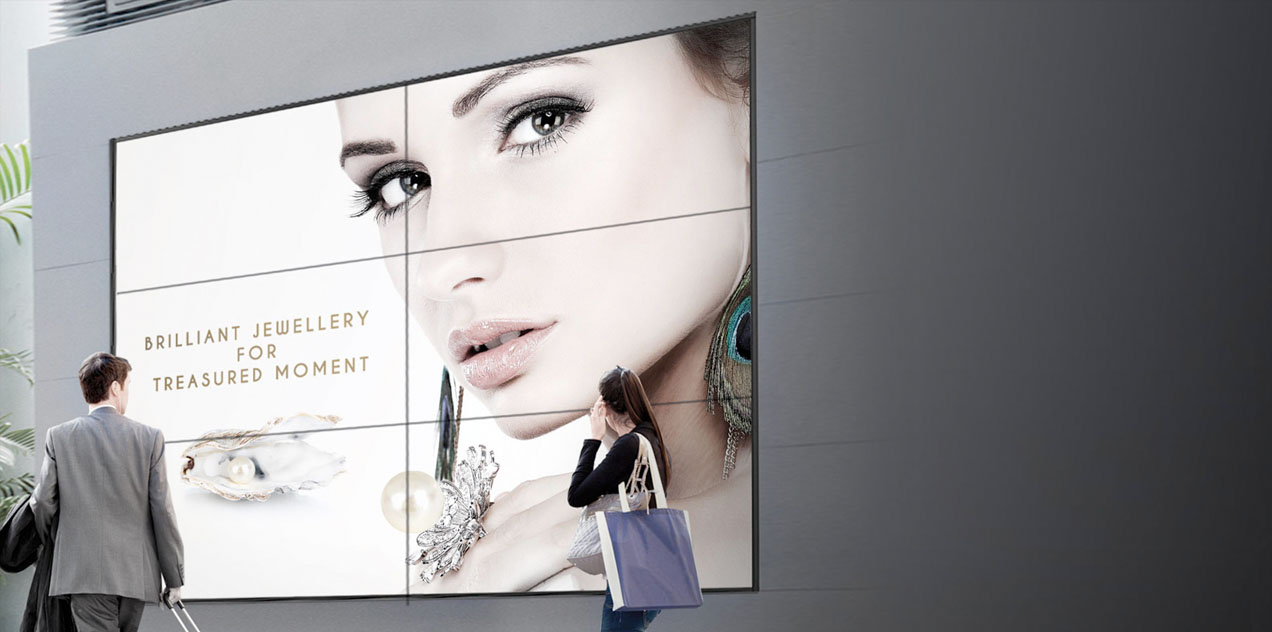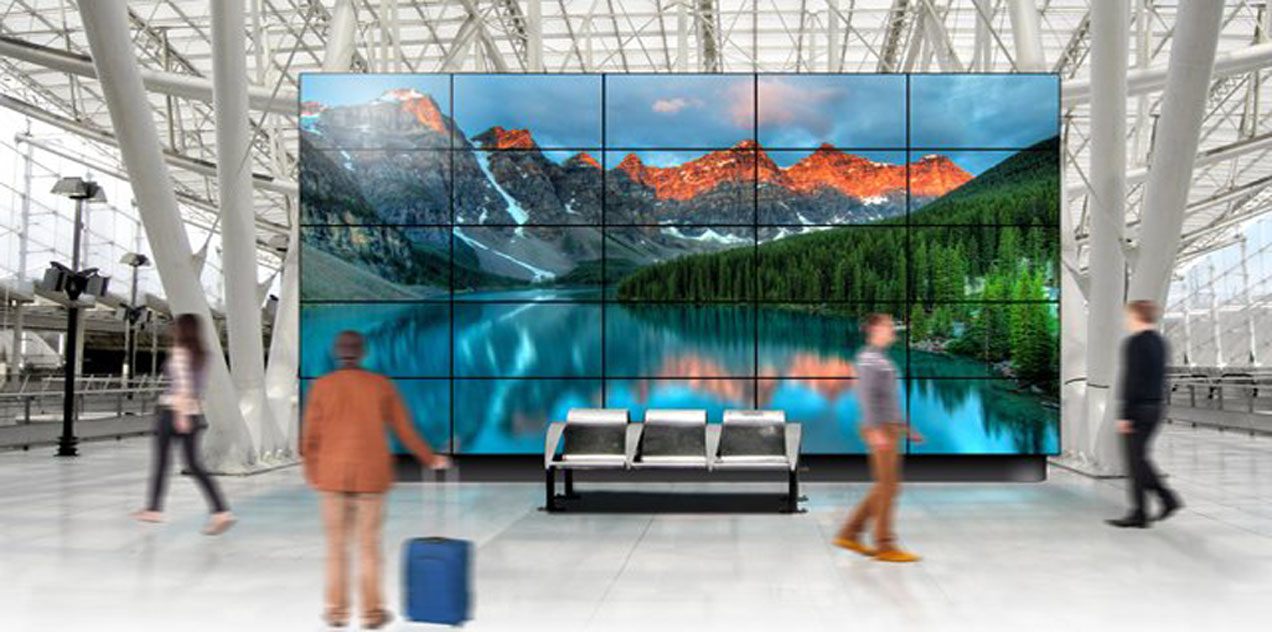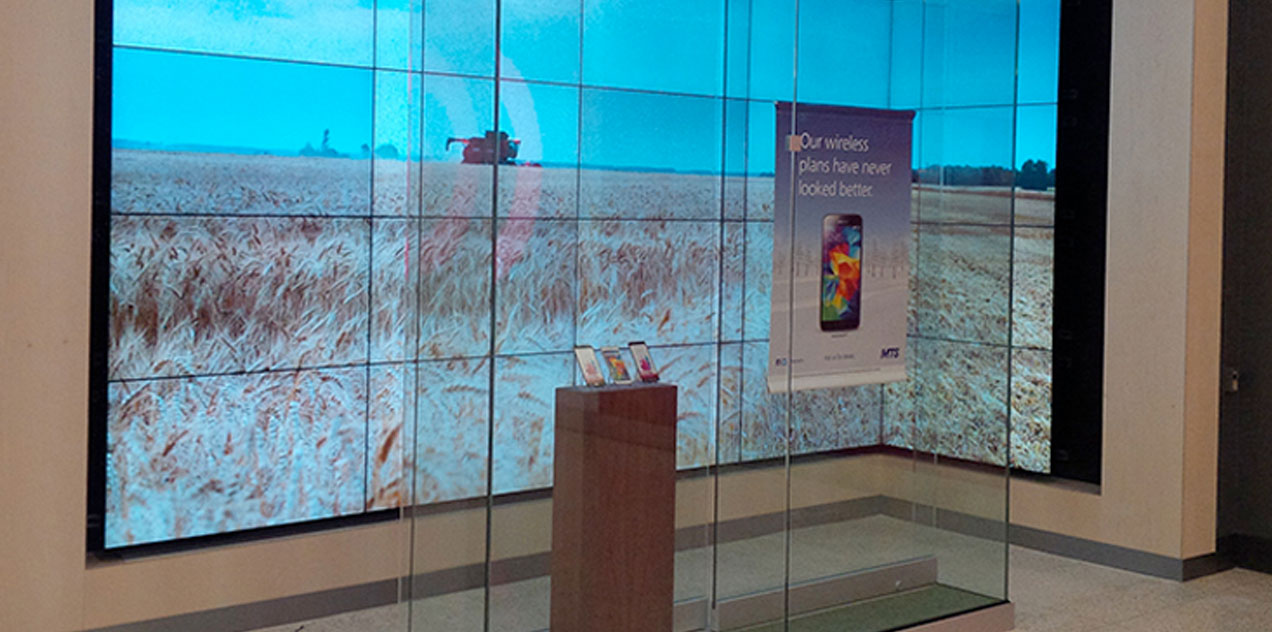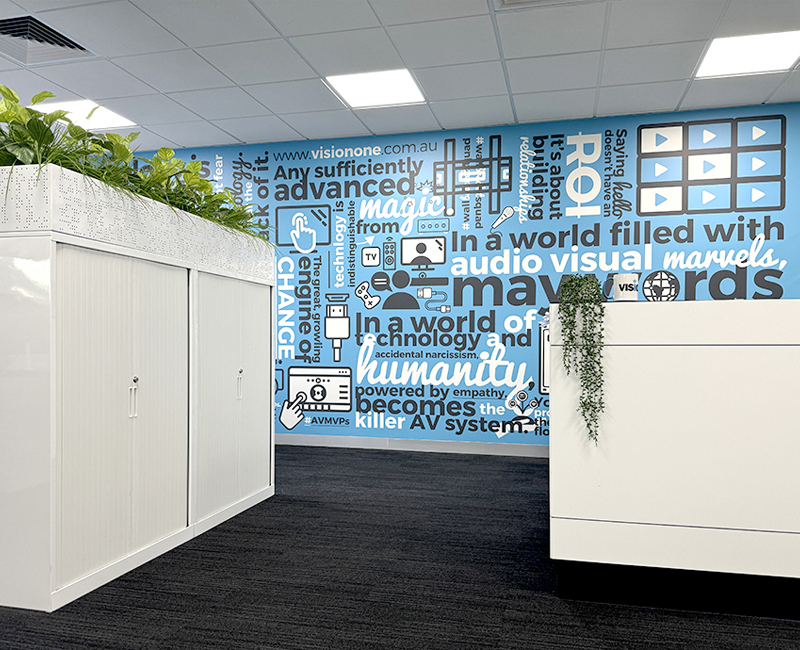NEC Display Announces New Platform for Video Walls
The following article has been re-posted from displaydaily.com NEC Display Solutions of America, a leading...
Userful is Your Easy & Powerful Custom Video Wall Solution
Userful turns a standard PC into a flexible and powerful video wall controller that delivers...
Samsung’s Revolutionary New Digital Display Product Range
At ISE 2016, Samsung showcased a wide range of future-focused technologies, including the industry's slimmest...
Rise of the Network Video Wall
Video walls are becoming increasingly visible in our world. They make big statements, capture attention...












